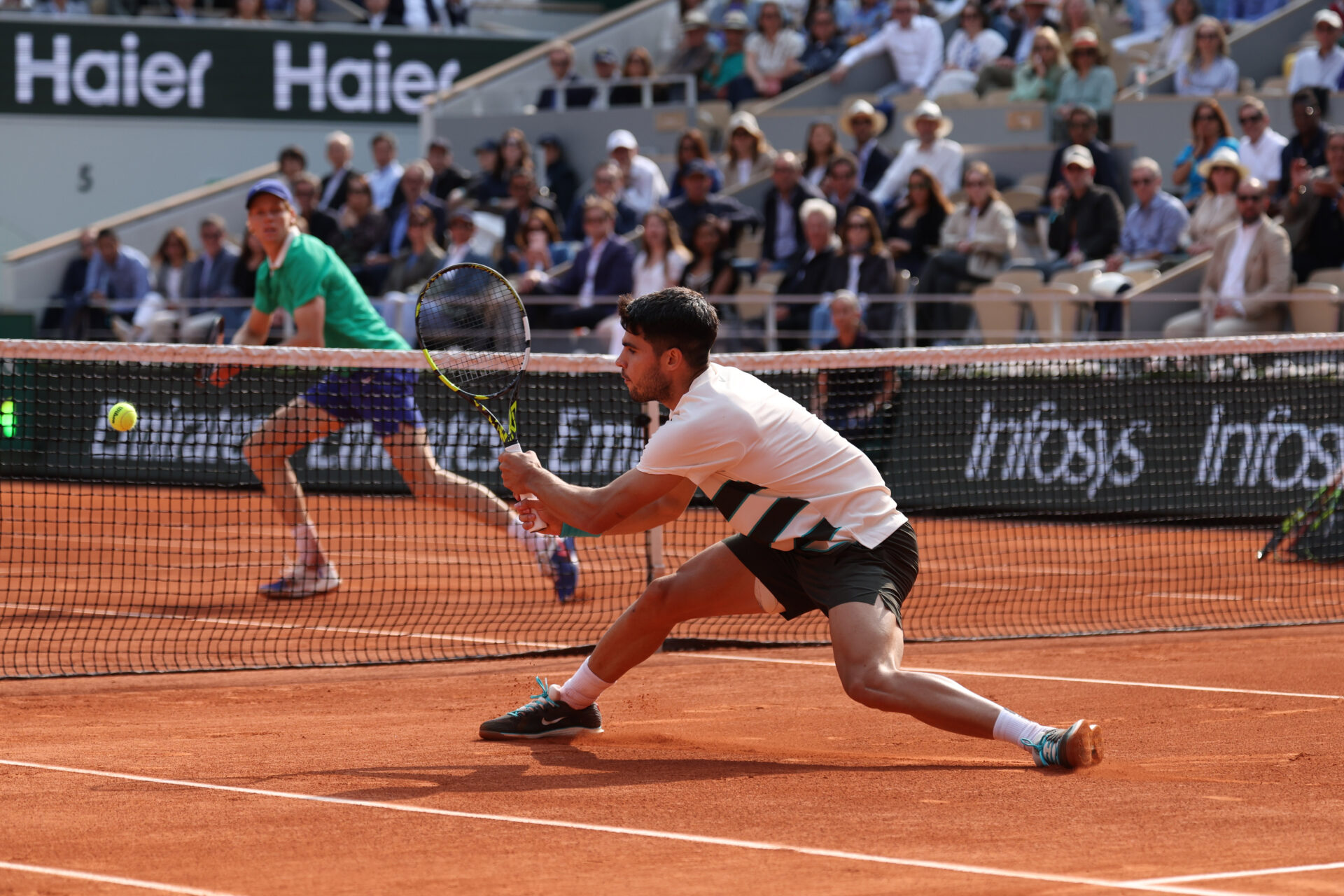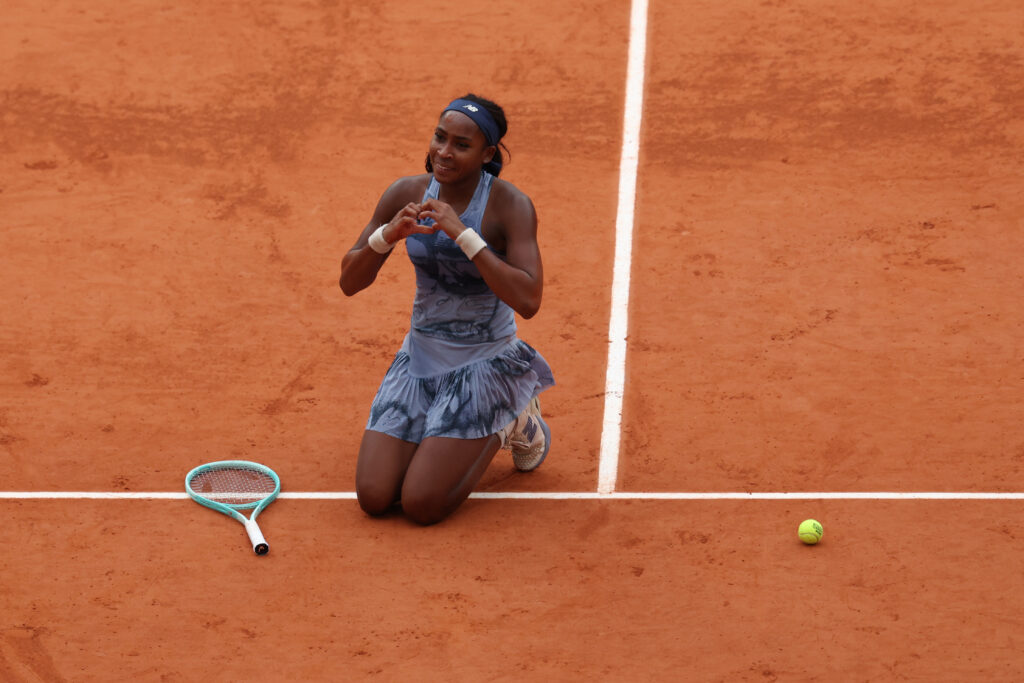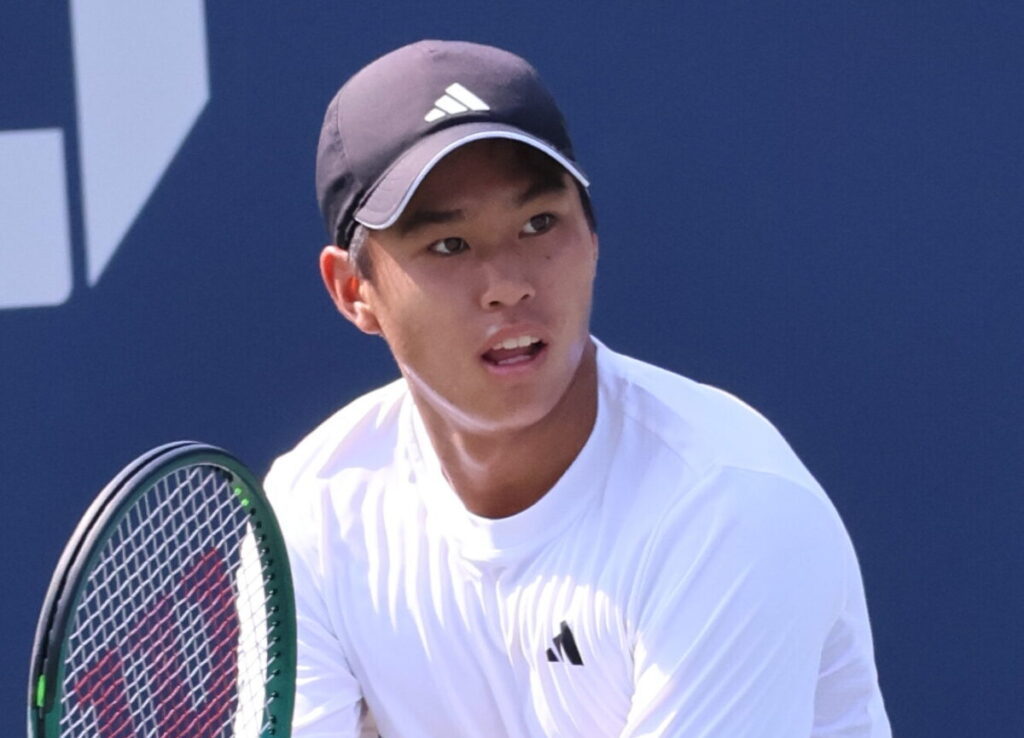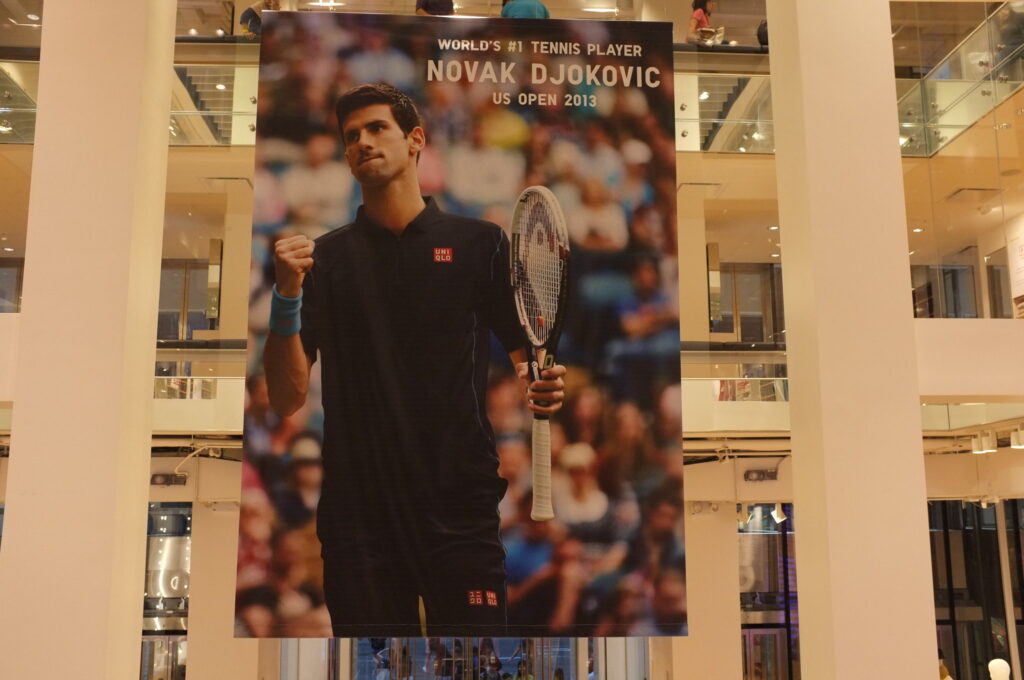New era confirmed as Alcaraz wins five-set Roland-Garros thriller in Paris

Final of Roland-Garros ended with a five-set battle between Sinner and Alcaraz — a match already tipped to become a classic. Photo courtesy of Rolex.
The Alcaraz–Sinner final was expected to be a battle — and it exceeded expectations, quickly entering the conversation among the greatest matches in modern tennis. Drawing comparisons to the 2012 Australian Open final (Djokovic–Nadal) and the 2019 Wimbledon clash between Federer and Djokovic, it delivered in both drama and quality.
Alcaraz saved four match points in the fourth set and denied Sinner the chance to serve out the match. In the fifth, it was Carlos who couldn’t close it out on his own serve. In the end, it all came down to a final-set super tiebreak: 4–6, 6(4)–7(7), 4–6, 7(7)–6(3), 7(10)–6(2).
More than just a classic, this match marked the emergence of a new era in men’s tennis — one increasingly shaped by Alcaraz and Sinner. Few would argue that anyone else in the game today plays at their level. Yes, tennis always leaves room for surprises — remember the Cilic vs. Nishikori final during the Big Three’s dominance? But now, the hierarchy is clearer, and the rest of the tour looks utterly helpless in comparison to these two. With Nadal retired and Djokovic stopped by Sinner in the semi-final, this final felt like a symbolic passing of the torch.
From a narrative perspective — and perhaps for the future of the sport — it might not be such a bad thing that Sinner didn’t lift his first major on clay. It’s now becoming clear: hard courts are Sinner’s turf; natural surfaces belong to Alcaraz. Their next challenge is to beat each other where they’re least comfortable — and that’s the storyline we’ll be following for the next few years.
Sabalenka unravels in Paris final despite dominant run
Arina Sabalenka had a strong tournament — she reached the final without dropping a set, including a statement win over Iga Swiatek in the semi-final, which ended the Pole’s three-year dominance at Roland-Garros.
But the final against Coco Gauff was a complete unraveling. Sabalenka made 70 unforced errors — a staggering figure for a major final, especially considering she had made just 105 across her previous six matches. This puts the scale of the collapse into perspective.
Gauff built a disciplined defense, but she was far from passive. The American stayed composed, avoided unnecessary risks, and repeatedly forced errors from Sabalenka, winning almost the same number of points while playing the cleaner match. Sabalenka’s frequent drop shots — a previously effective weapon — became rushed and predictable, reflecting her deteriorating decision-making.

In the post-match press conference, Sabalenka downplayed Gauff’s performance, attributing the result to her own mistakes rather than any tactical superiority on the American’s part. The response highlighted her ongoing struggle to manage expectations in high-stakes finals.




